Comparison of Electric Bike and Ordinary Bike

Electric bikes and regular bikes are both popular means of transportation, but they differ significantly in terms of usage and performance. Ordinary bikes rely solely on human power for propulsion, while electric bikes are equipped with electric motor that provides electric assistance. When choosing the right electric bike for oneself, factors such as personal needs and destination should be taken into consideration. In this article, we will introduce have a comparison between electric bikes and regular bikes to help readers make an informed decision.
Comparison of electric bike and ordinary bike
Range
Considering the range is important because most electric bikes are designed for short-distance use. This means that if you embark on a long journey, the battery may run out before you reach your destination, or you may have to recharge it. The average range of modern electric bikes is typically between 40 to 70 miles, depending on the type of battery and its condition. The following explains the difference in range between electric bikes and regular bikes.
- Riding Distance: Electric bicycles usually have a longer riding range because they are equipped with batteries and electric motors. Regular bikes, on the other hand, depend on factors such as the rider's personal physical strength and road conditions. For example, the Hipeak folding electric bike has a battery range of 60 miles. Additionally, with its lightweight design of only 61 pounds, it can still be easily pedaled even when the battery is depleted.
- Using scenario: Electric bikes are suitable for long-distance trips or carrying heavier loads, such as commuting or shopping. Regular bikes, on the other hand, are suitable for short-distance travel or leisurely rides.
- Cost: Electric bikes are typically expensive than regular bikes because they are equipped with high-tech devices like batteries and electric motors.
- Environmental friendliness: Compared to cars, both electric bikes and regular bikes have better environmental performance. However, electric bikes consume batteries during use, and if the batteries are not properly handled, they may have a negative impact on the environment.
Both electric bikes and regular bikes have their advantages and disadvantages. The choice should be based on personal needs and circumstances. If you need to ride for long periods or carry heavier loads, an e-bike may be more suitable. If you only need to travel short distances or enjoy leisurely rides, a regular bicycle can meet your needs. Regardless of the choice, it is important to pay attention to environmental issues and properly dispose of the waste such as bikes and batteries.
Battery capacity and weight
The weight and capacity of the battery is prominent when purchasing an electric bike. If you are looking for a lightweight battery, most electric bike batteries weight around 10 pounds. The battery capacity also affects the charging time. Generally, a good-quality electric bike battery can last about 3-5 years before needing replacement. This largely depends on the charging system you use and how frequently you charge the battery.
Specifically, the battery capacity of electric bikes typically ranges from 2000Wh to 1000Wh. This is because electric bikes require more power to provide electric assistance, allowing riders to easily ride long distances or carry heavier loads. Additionally, e-bike batteries usually take longer time to full charge and require charging more frequently.
Types of batteries
It is vital to understand what type of battery the manufacture uses before purchasing an electric bike. There are several types of electric bike batteries: lithium-ion batteries, lead-acid batteries, nickel-metal hydride batteries, and air batteries. Lithium-ion batteries are very popular in high-end models, but they may have higher replacement costs. Lead-acid batteries are the cheapest and suitable for most electric bicycles. Nickel-metal hydride batteries are not as expensive as lithium-ion batteries but still more expensive than lead-acid batteries. Air batteries are the lightest battery option, offering an attractive design solution with their lightweight nature and occupying less space compared to other types of electric bicycle batteries.
Speed and torque
Electric bikes have different speed ranges, ranging from 5miles per hour to 30 miles per hour, depending on the model. Most electric bicycles on the market can effectively reach a speed of 20 miles per hour, while ordinary bicycles depend on factors such as rider’s personal physical strength and road conditions.
Torque output also affects the speed of the bike when pedaling. Torque is measured in watts and determines the difficulty of riding uphill with each pedal stroke. When choosing an electric bike, torque output is a very significant factor as it determines the ease of uphill riding without expending too much additional effort. A powerful motor usually means a heavier bike, but at least you won’t be exhausted when riding uphill as quickly as possible. Regular bicycles require riders to overcome this obstacles with their muscle power.
Motor speed control
Electric bicycles are equipped with an electric motor that can be controlled through an electronic control system to adjust the motor's power output. This means that riders can choose different electric assist modes according to their needs, adjusting the riding speed and level of assistance.
The electronic control system of electric bicycles can monitor and adjust parameters such as battery level and motor temperature, ensuring the safety and stability of the electric bicycle's performance.
Regular bicycles do not have an electric motor or an electronic control system, and the riding speed and power output solely rely on the rider's personal physical strength and road conditions. Therefore, riders of regular bicycles need to rely on their own muscle power to pedal.
It is important to note that electric bicycles require special attention to battery maintenance and charging to avoid safety issues. Different regions have varying regulations and restrictions on the speed and power of electric bicycles. It is essential to carefully understand and comply with the local regulations and requirements.
Conclusion
In conclusion, choosing between an electric bicycle and a regular bicycle based on your needs should be relatively easy. It is crucial to ensure that you select the right battery type, as this will determine how long you can cycle before your battery needs to be recharged.

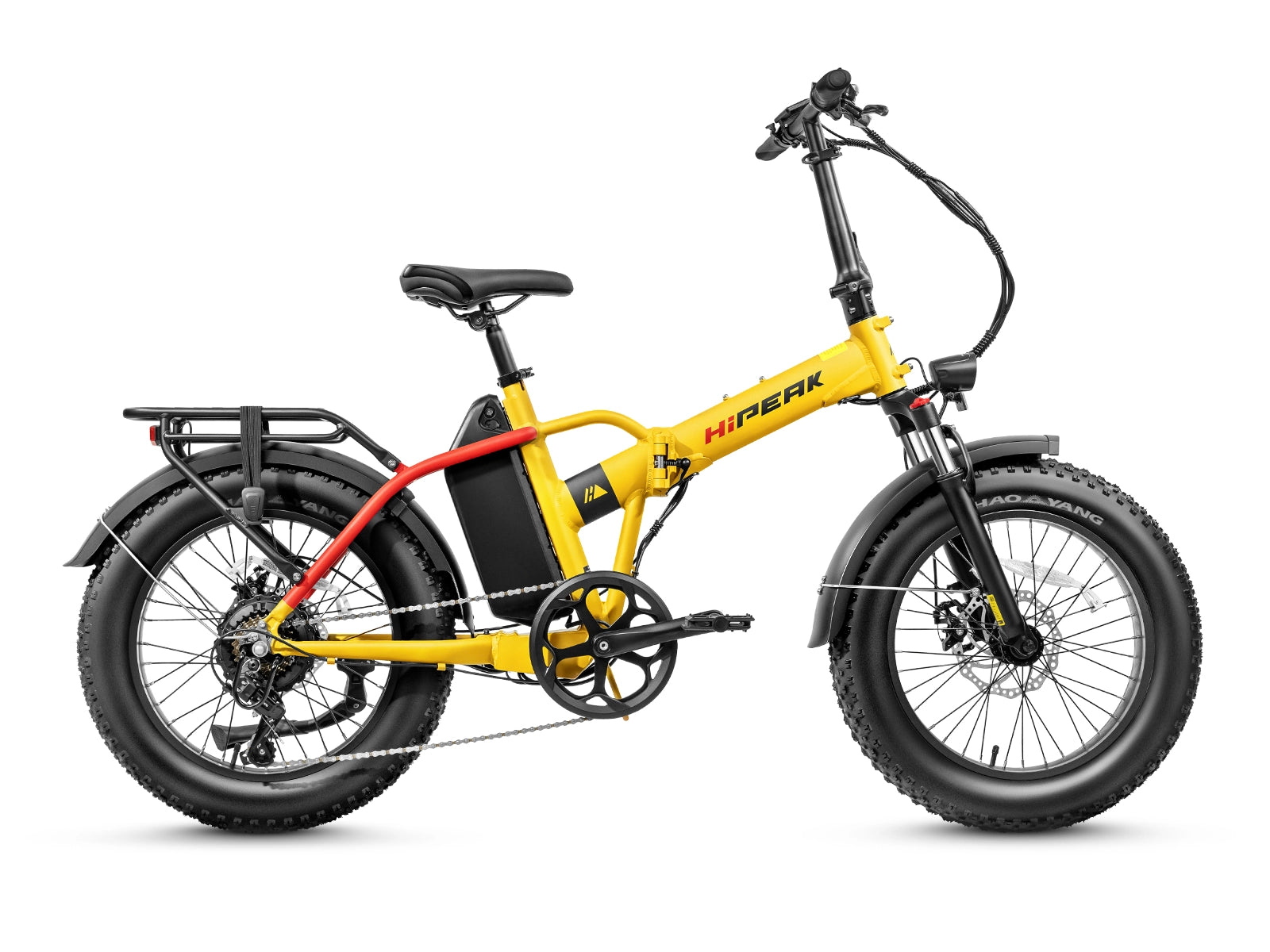
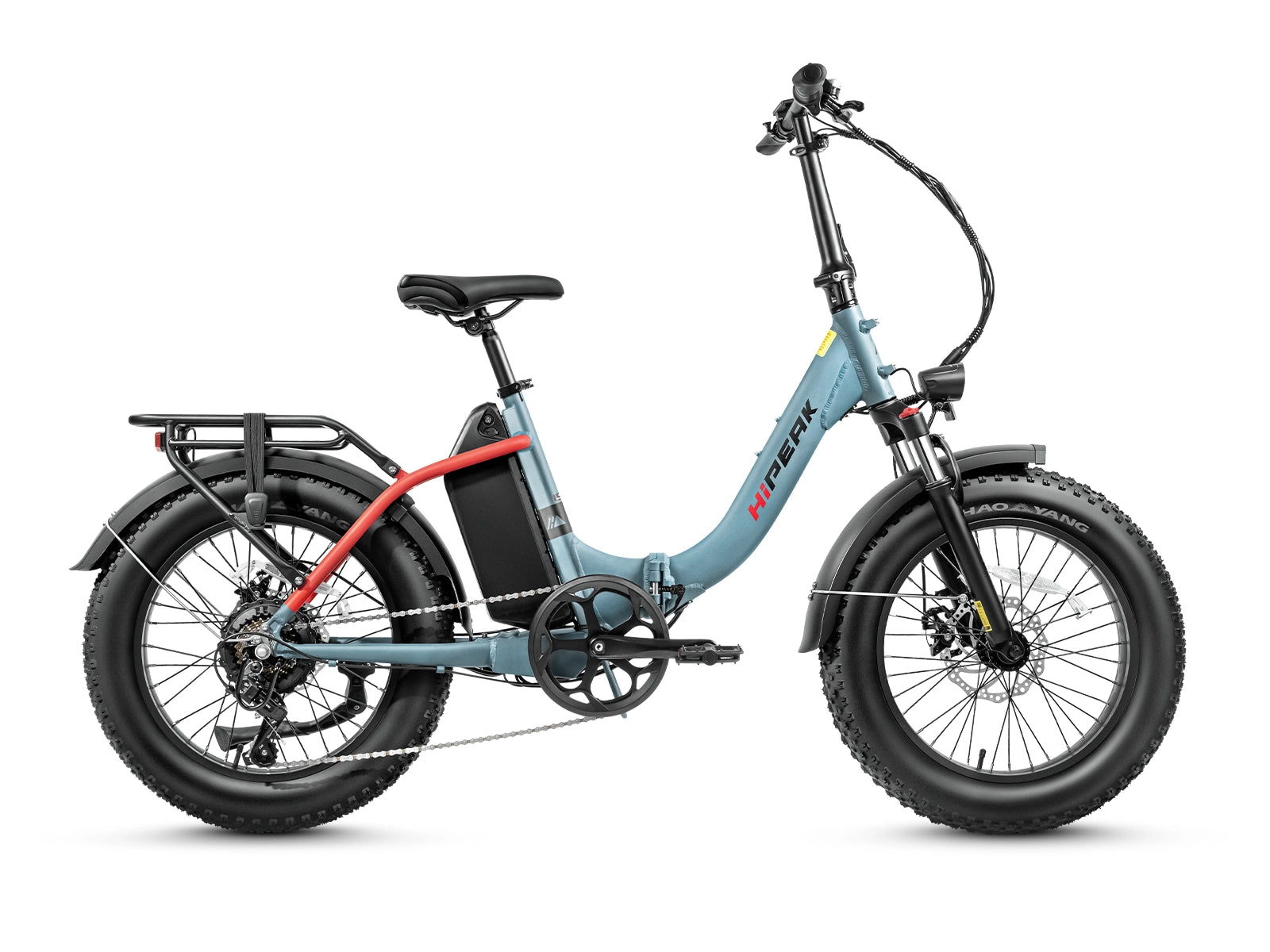
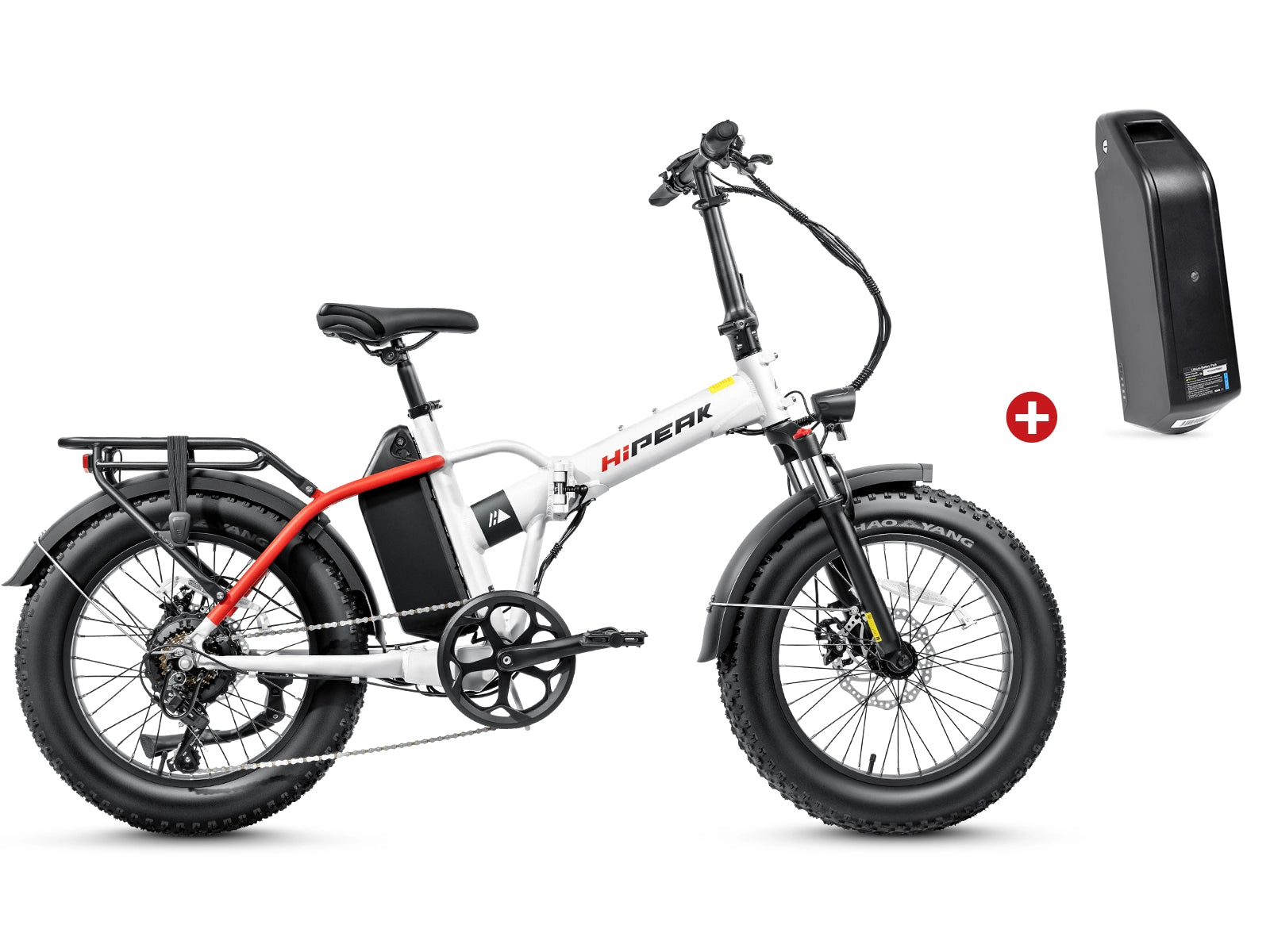
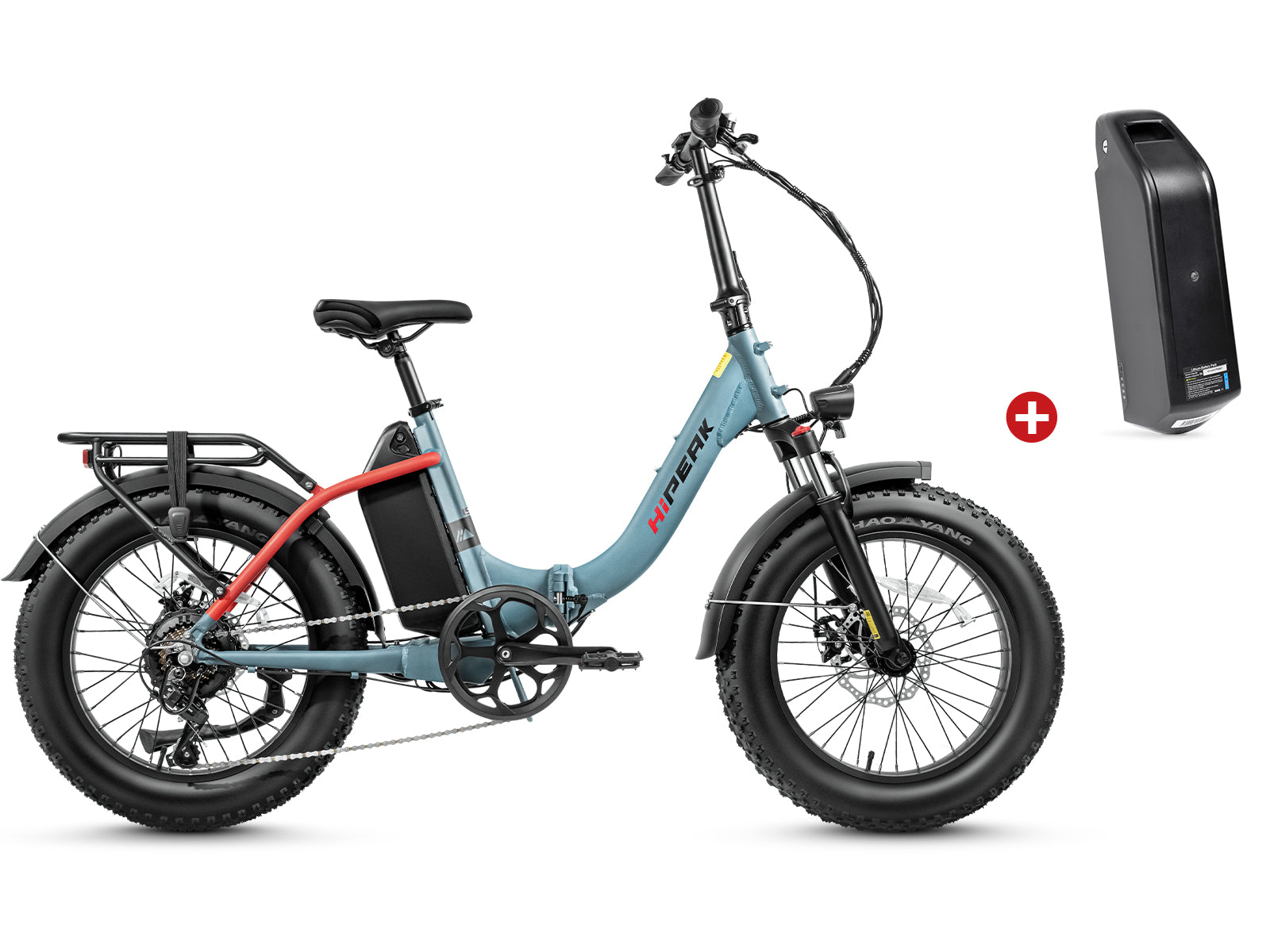
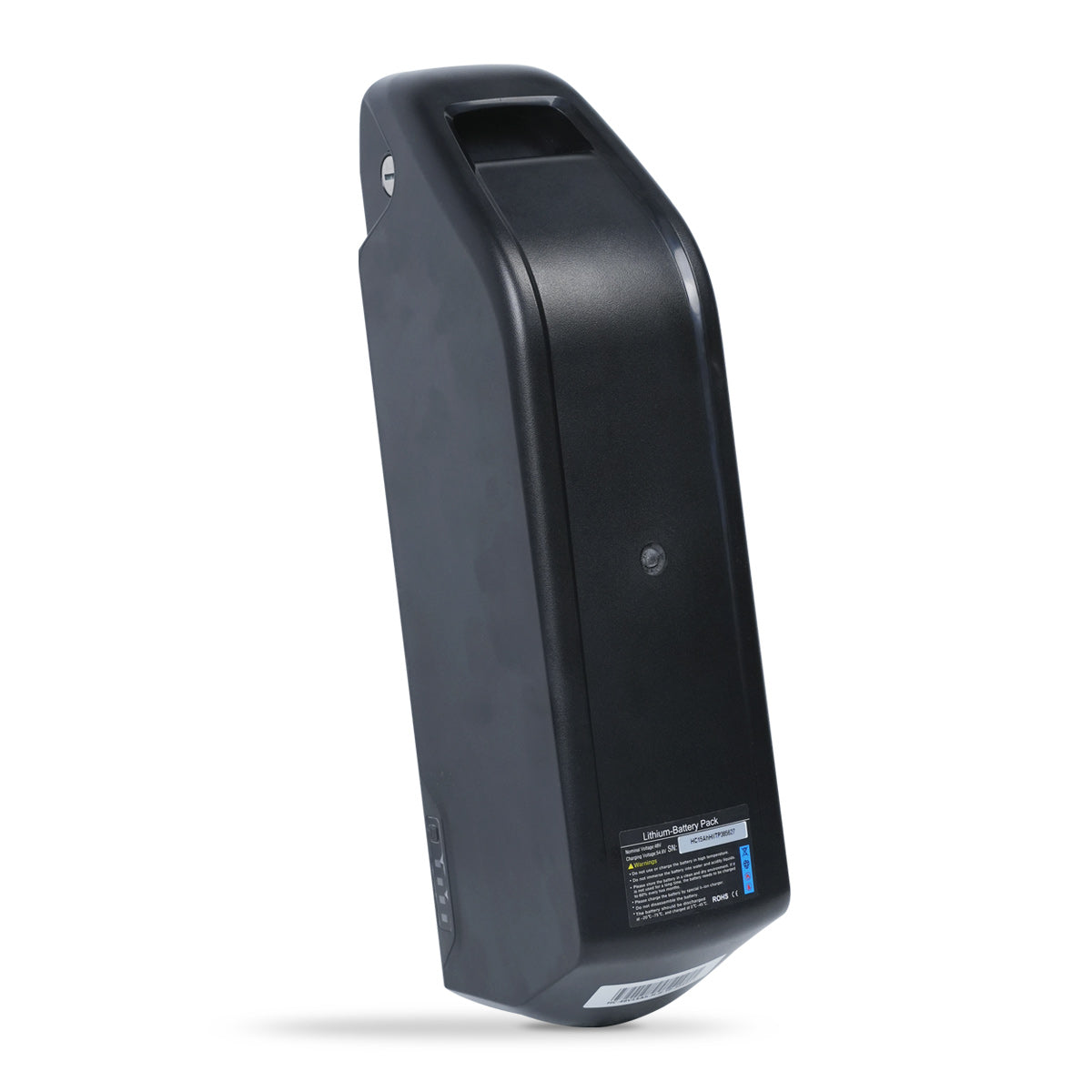
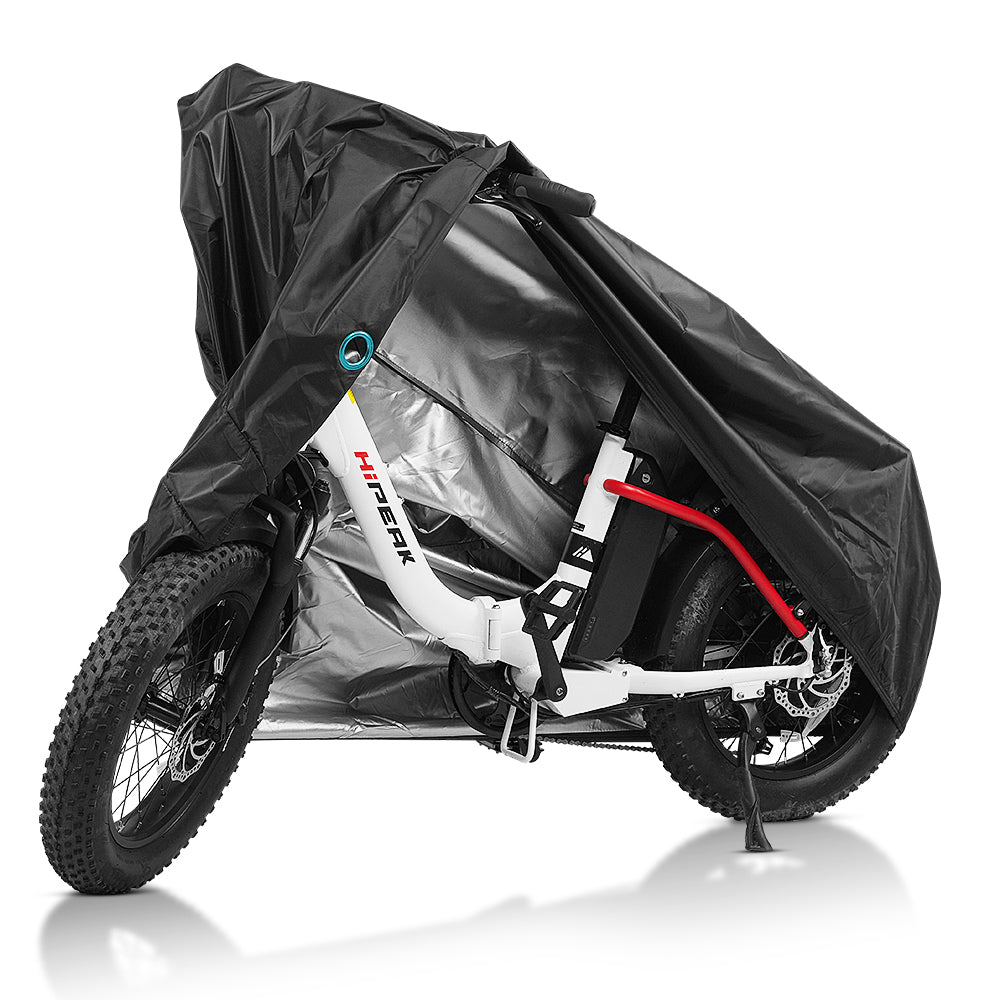
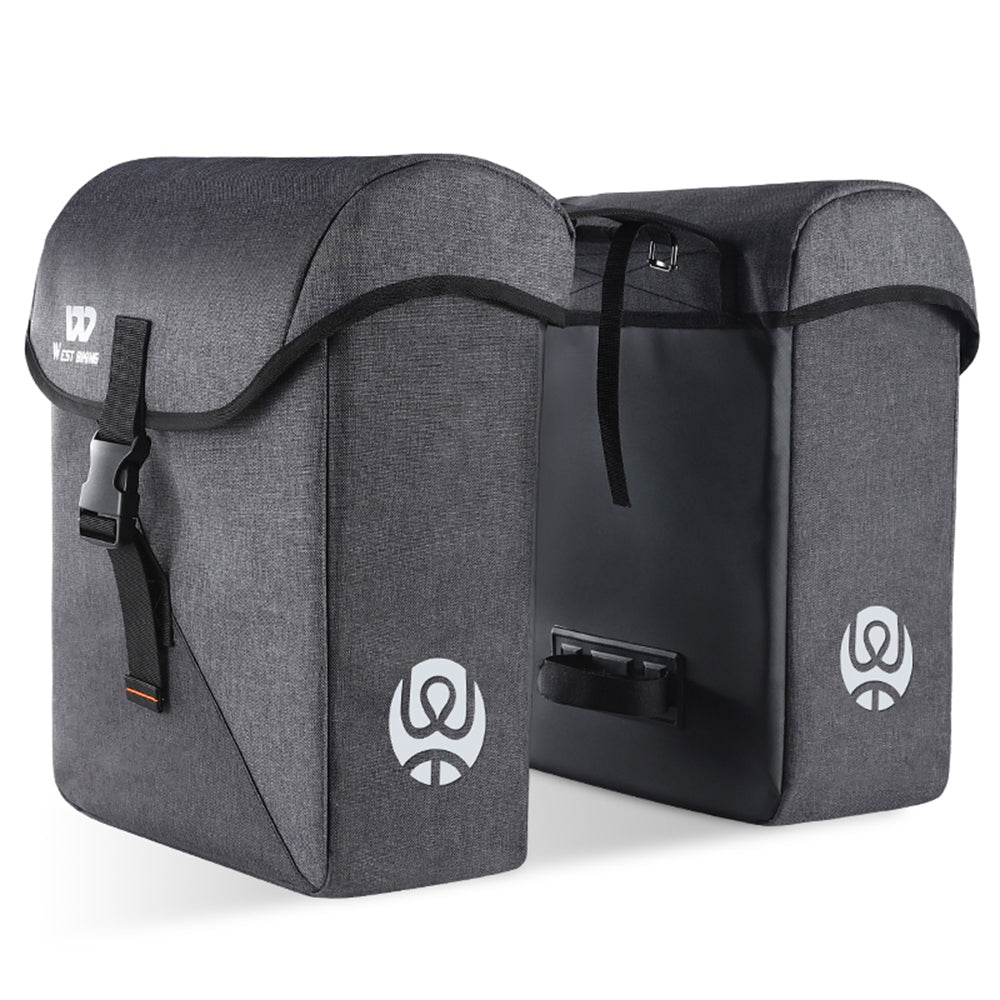
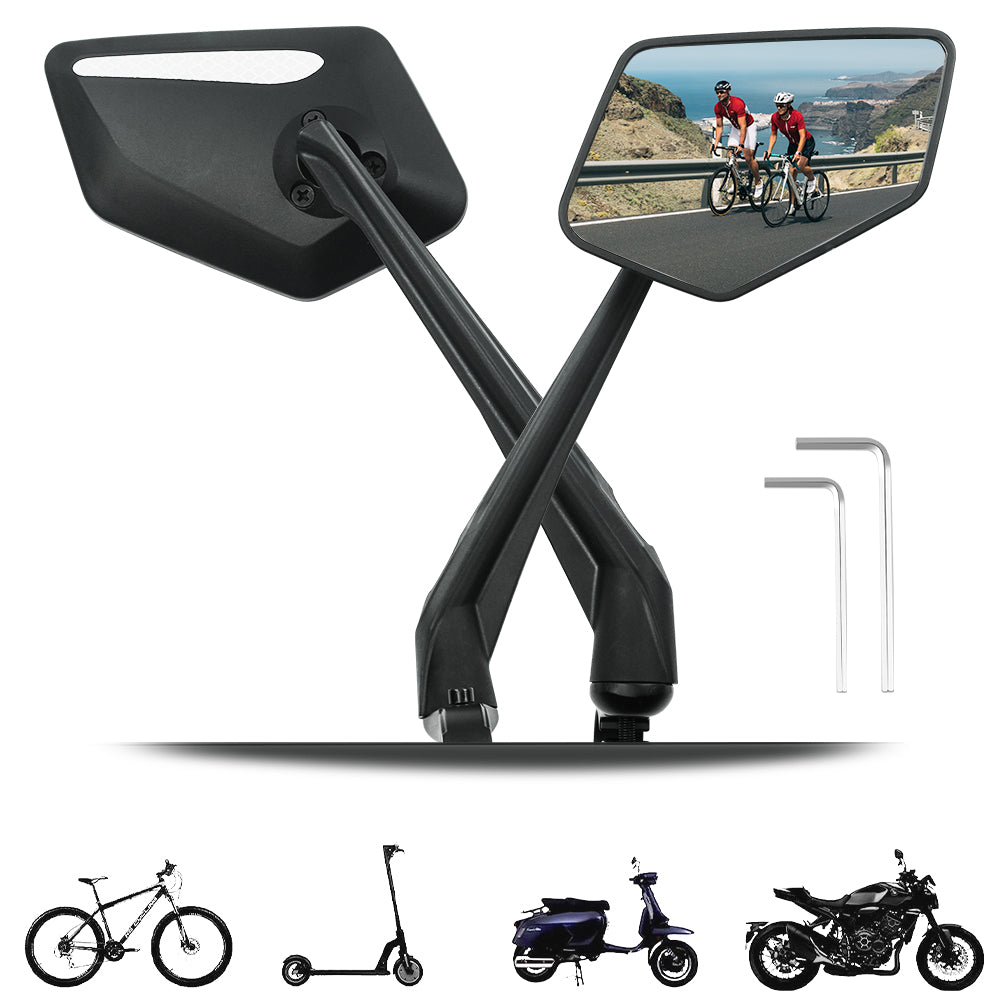
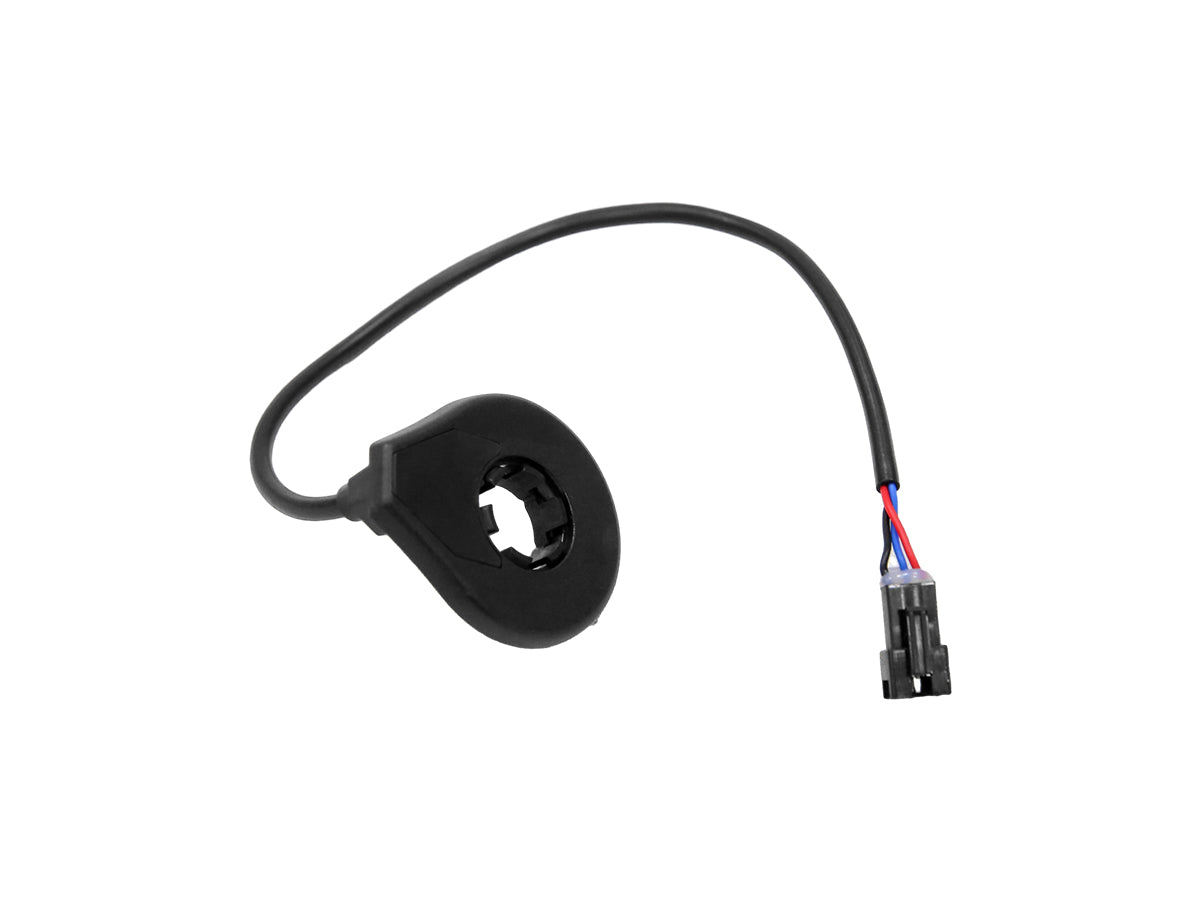
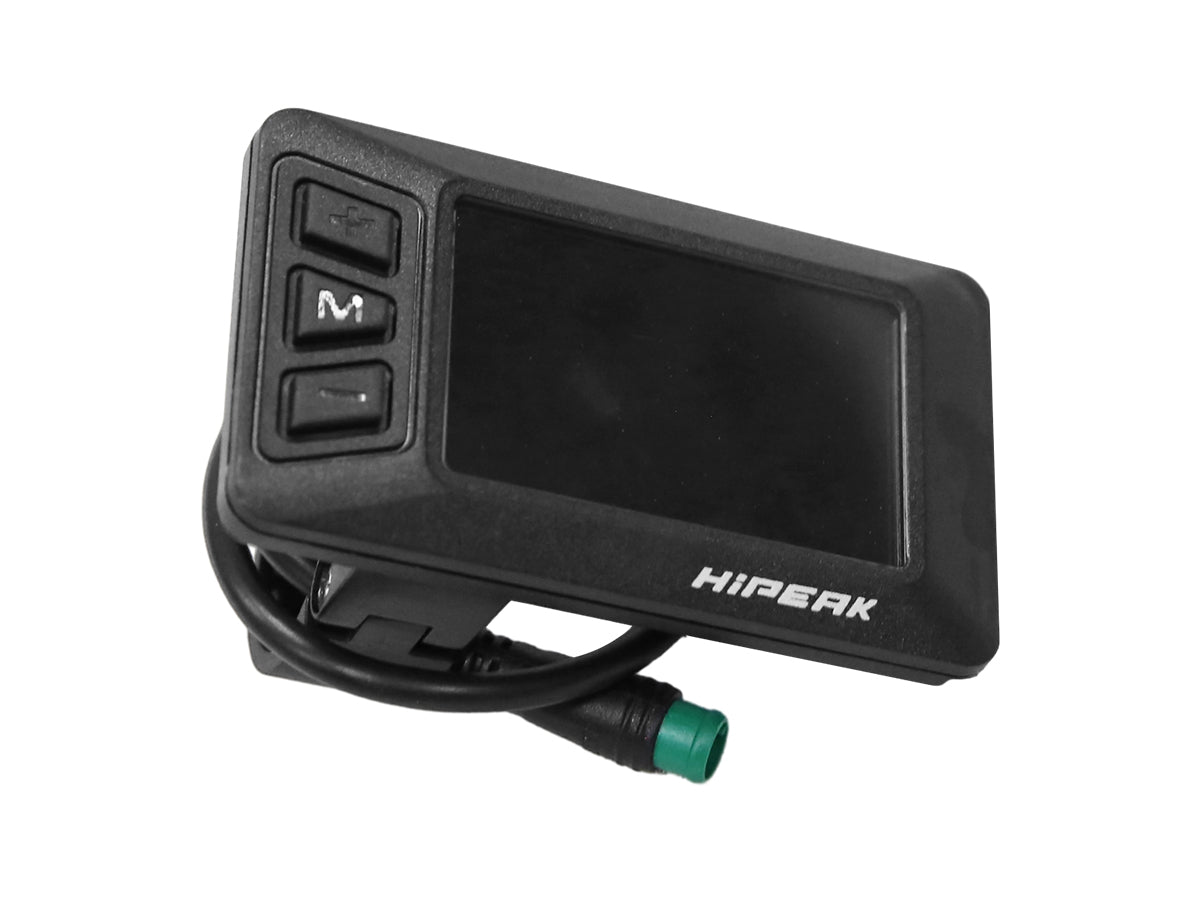
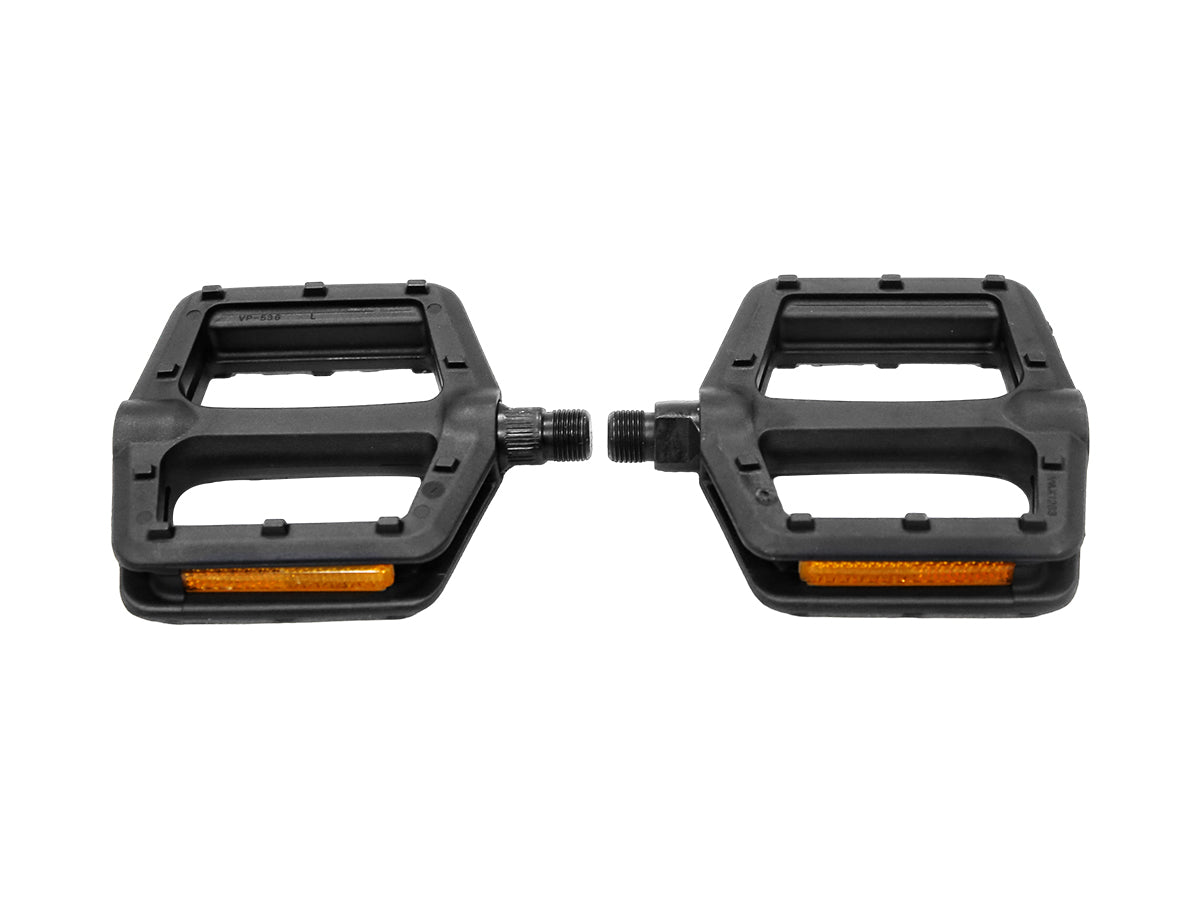
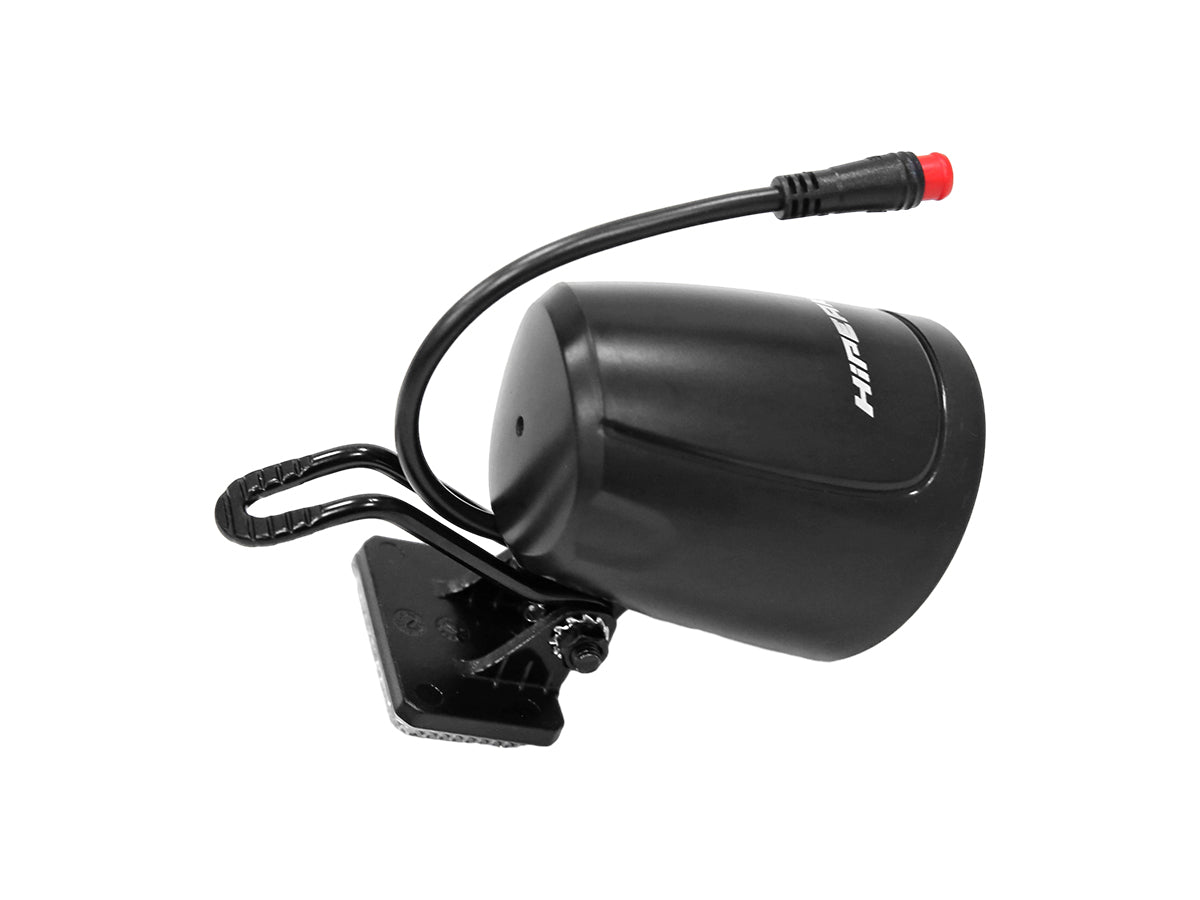








Leave a comment